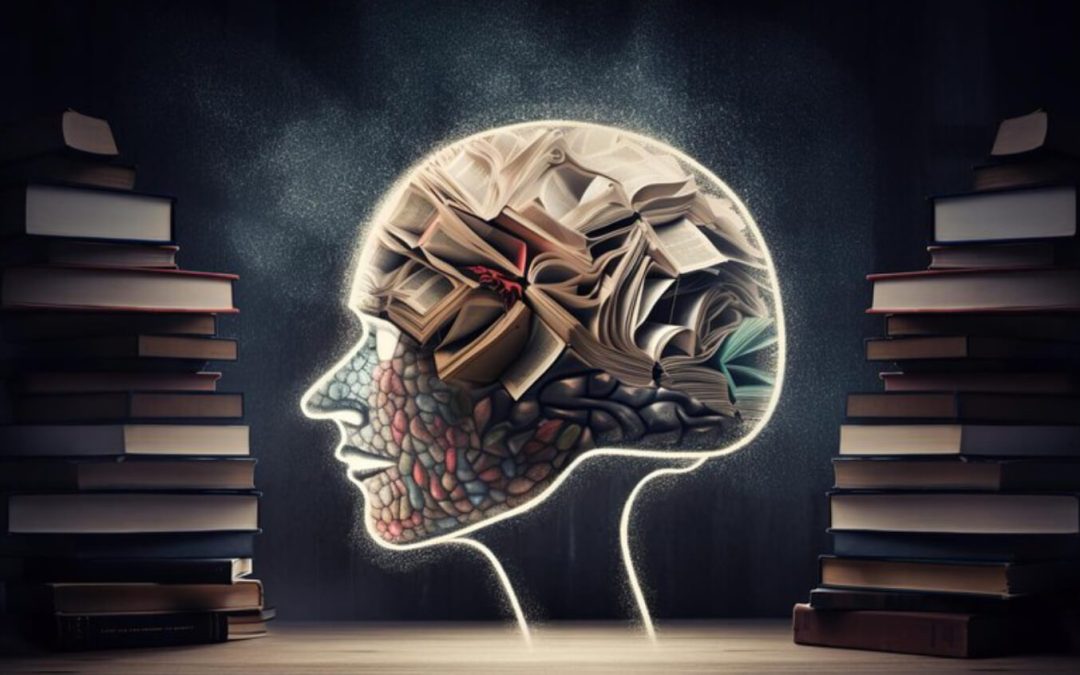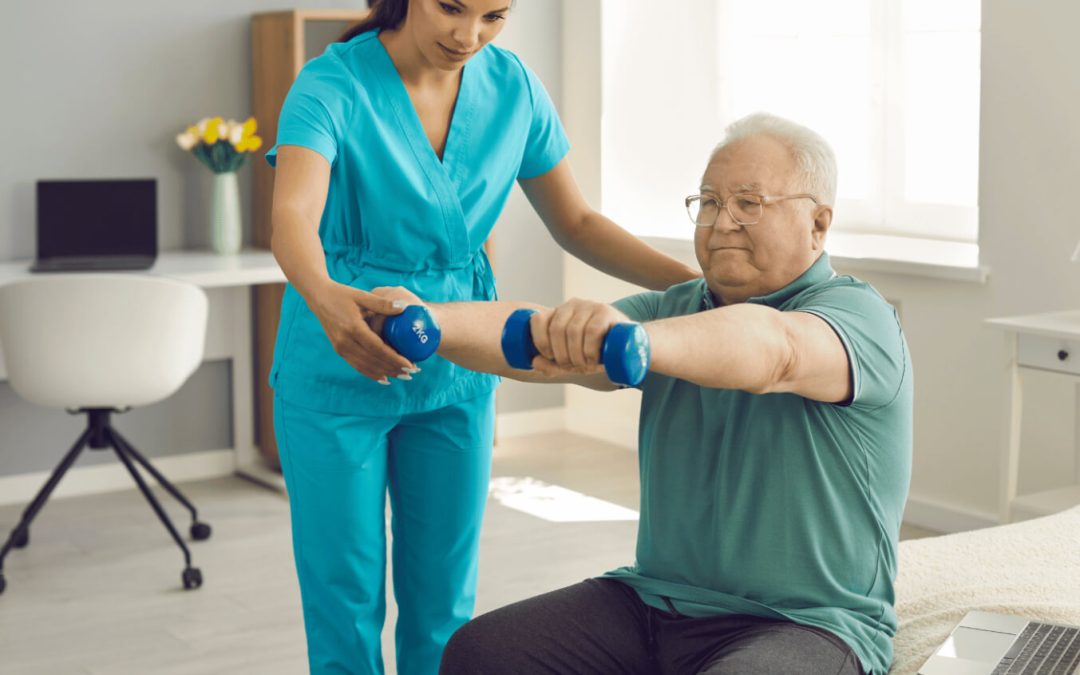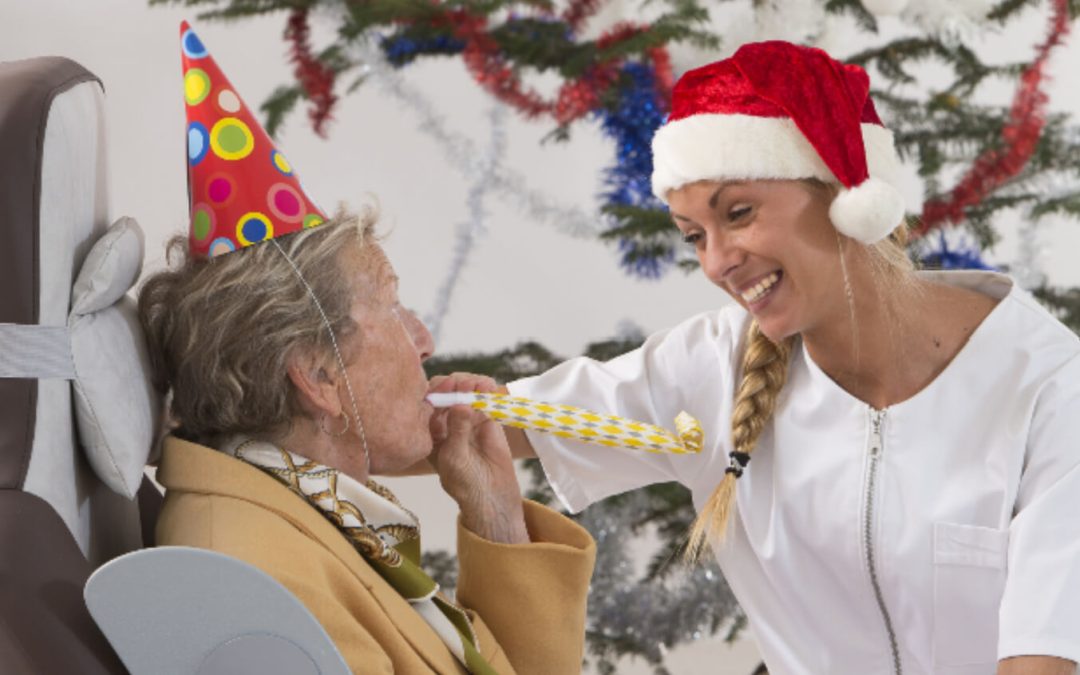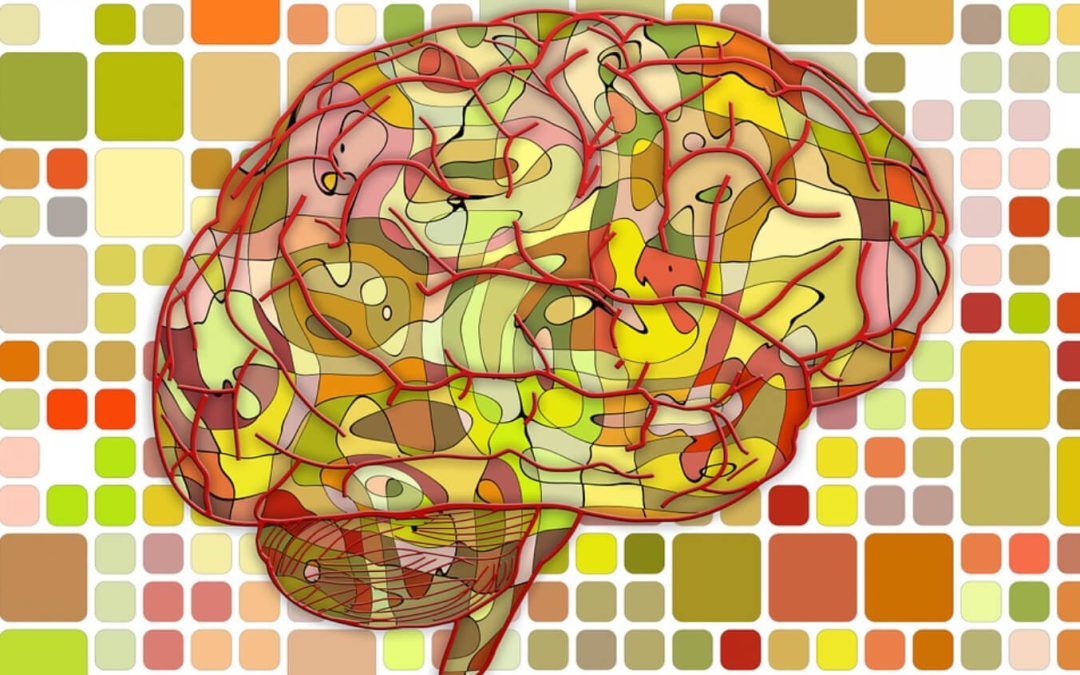Books can be an invaluable resource for traumatic brain injury (TBI) survivors, their loved ones, and their caregivers...

Leveraging a portfolio of advanced treatment technologies and equipment to help patients regain independence and an enhanced quality of life.

Books can be an invaluable resource for traumatic brain injury (TBI) survivors, their loved ones, and their caregivers...

We each tend to be our own harshest critic. There is nothing that someone can say that would be meaner or nastier than...

A non-traumatic brain injury (nTBI) refers to brain damage caused by factors other than external trauma. These causes...

When you hit your head, fall or get tackled to the ground, your brain can bounce and move against the skull’s bony...

Experiencing a brain injury is a harrowing experience that can profoundly impact a person's life. Depending on the...

Heart attacks are the leading cause of death for men and women in the United States. According to the Centers for...

The holidays are about spending time with those closest to you. However, when you're recovering from a traumatic brain...

Early June brings hurricane season to Texas, and with that comes a fresh reminder of the need to plan for emergencies....

Visual scanning skills are essential for processing information in our daily lives. However, some individuals might...

Injury to the brain’s right hemisphere can cause left neglect. The condition is also known as left side neglect,...